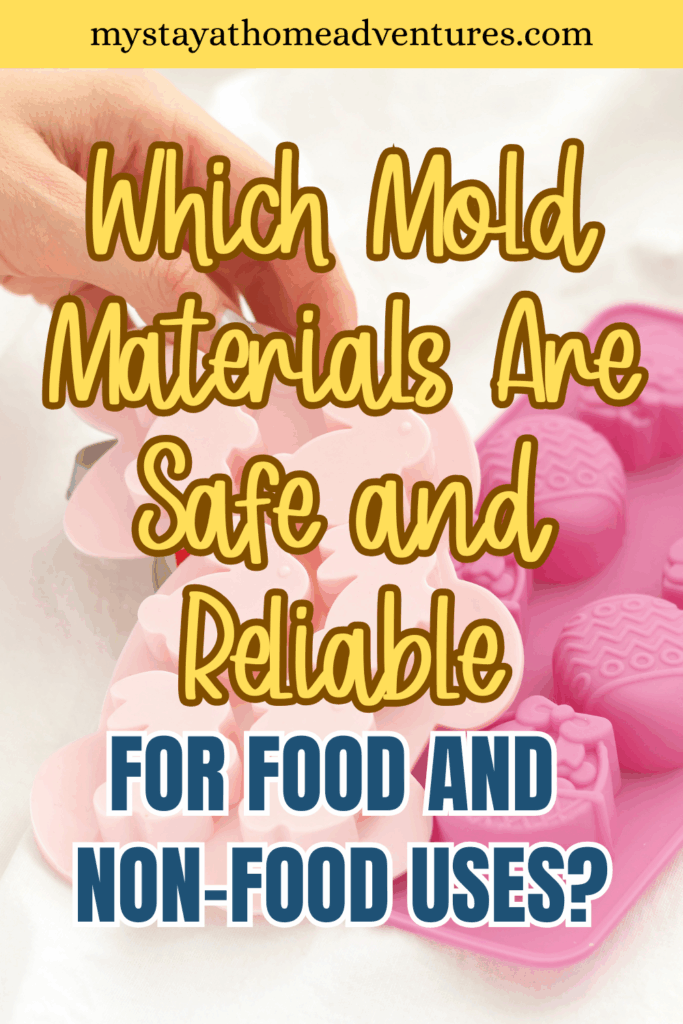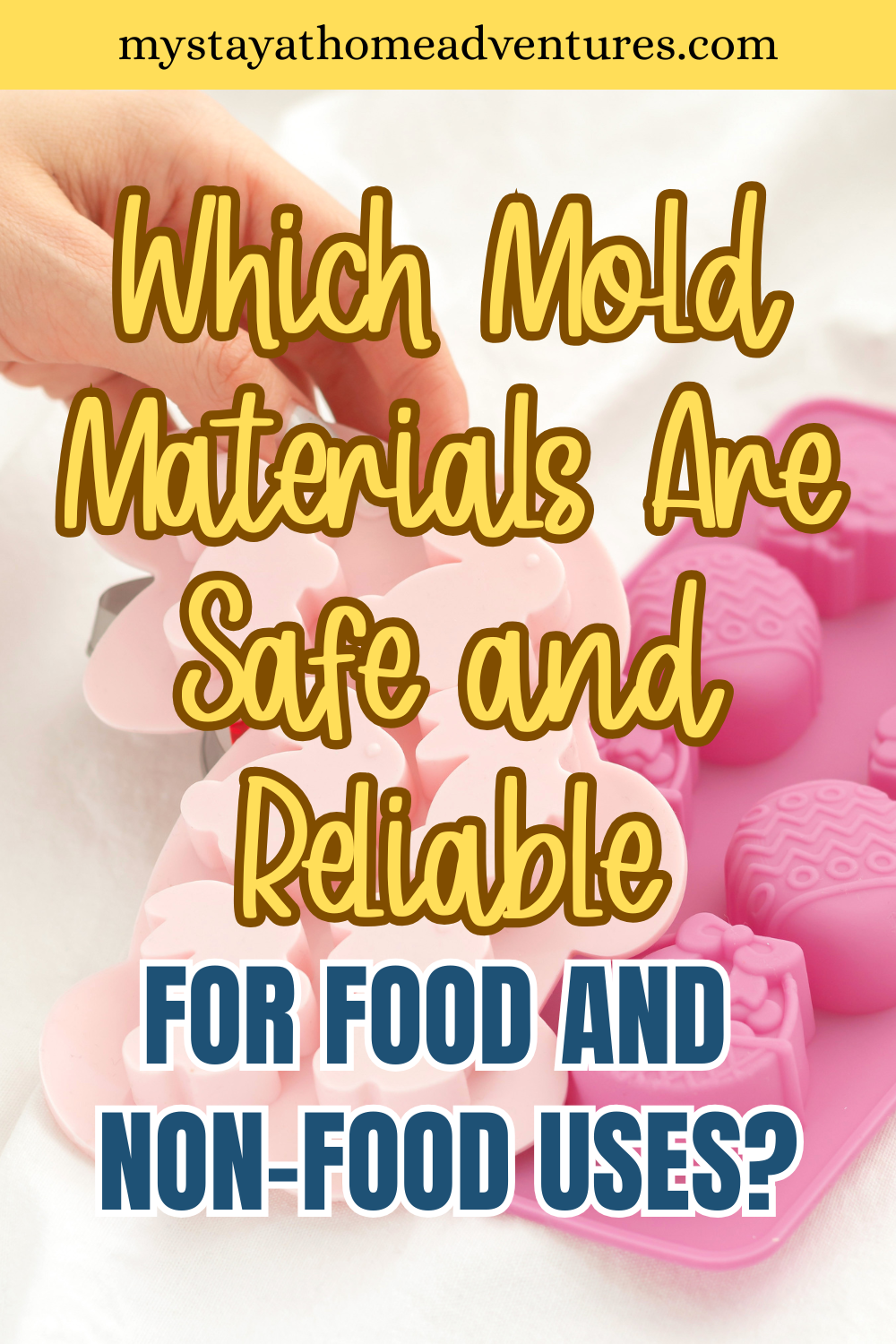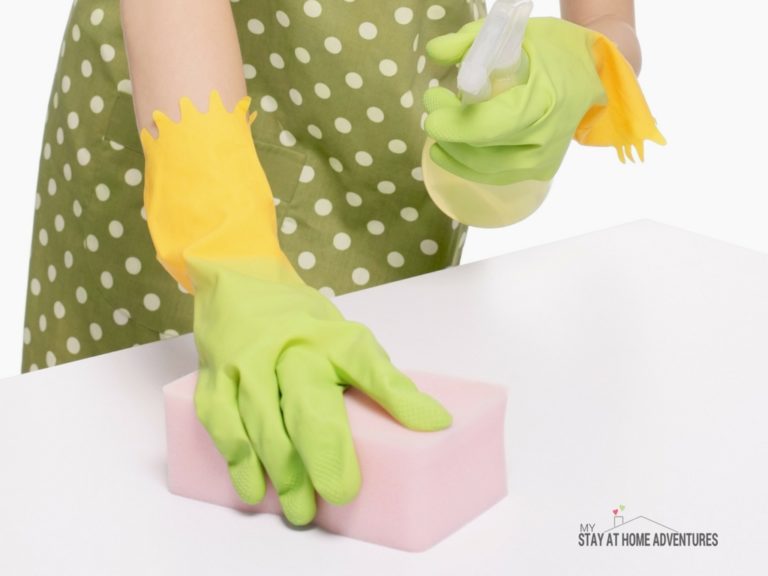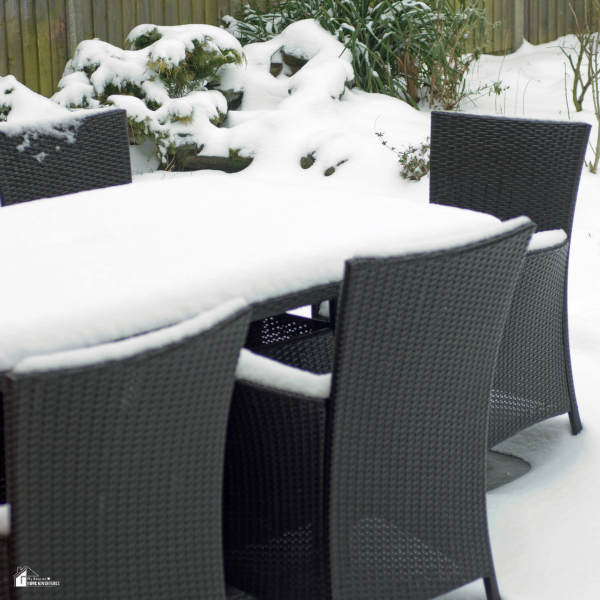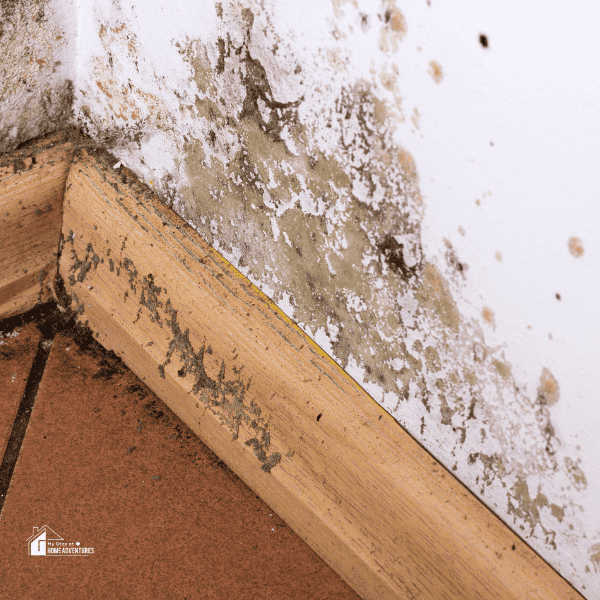Which Mold Materials Are Safe and Reliable for Food and Non-Food Uses?
This post may contain affiliate links which might earn us money. Please read my Disclosure and Privacy policies hereChoosing the right mold materials can prevent safety problems and keep projects on track, whether making treats or unique crafts. Food-grade molds should always be made from materials like platinum silicone or certain plastics that are safe for contact with what you eat.
For non-food items, the choices can be wider, but some materials are better suited for health and durability.
Whether for sweets, soaps, or art projects, choosing the right mold matters. Edible creations require molds that are safe and flavor-neutral, whereas craft molds can handle more wear. For bakers and candy enthusiasts, eco-friendly custom candy molds offer a responsible and imaginative option for making treats.
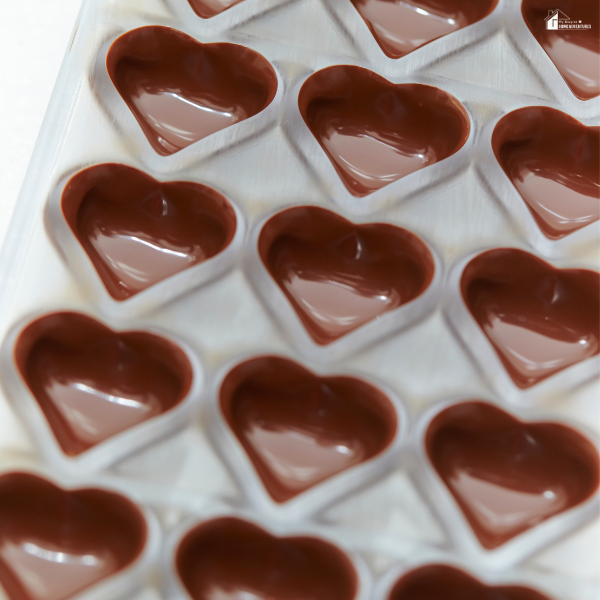
Key Takeaways
- Food and non-food projects require different safe mold materials.
- Material safety protects both health and finished products.
- Eco options like eco-friendly custom candy molds are now available.
Essential Mold Materials for Safe Food and Non-Food Applications
Choosing the correct mold material is key for both safety and functionality. Materials like silicone and plastics have different features, benefits, and rules for use. Chemical migration and BPA are major points to watch.
Silicone: Advantages, Grades, and Regulatory Compliance
Silicone is favored because it does not easily break down or react with food, making it suitable for baking, freezing, or candy making. Food-grade silicone is free of harmful chemical fillers and can handle repeated use at both high and low temperatures without melting or giving off odors.
Food-safe silicone is made to meet certain standards for direct food contact and limits on chemical migration. Platinum-cured silicone is often chosen for its purity and stability. It is easy to clean and is flexible enough to create detailed molds for chocolates or fondant decorations.
Most food-grade silicone meets standards set by health agencies and does not leach toxins. Users should look for silicone labeled as food-grade to avoid possible contamination and make cleaning easier.
Food-Grade Plastics: Types and Key Properties
Common food-grade plastics include polypropylene (PP), PET, polystyrene (PS), and high-density polyethylene (HDPE). These plastics offer different features for various mold types:
| Plastic | Main Use | Heat Resistance | Leaching Risk |
| PP | Containers, lids | High | Low |
| PET | Drink bottles | Moderate | Low if food-grade |
| PS | Food trays | Low | Moderate |
Polypropylene is popular because it withstands heat, does not absorb flavors, and resists stains. PET is mainly used for cold applications, while HDPE is selected for its stiff quality in storage molds. Choosing the right plastic grade prevents unusual tastes, colors, or possible health risks.
Chemical Leaching and BPA Concerns in Mold Materials
Chemical leaching is when substances move from the mold into food, usually when exposed to heat. Polycarbonate molds can release bisphenol A (BPA), a chemical linked to health risks, especially if heated or scratched. Products labeled “BPA-free” reduce this worry.
Plastics like PP and PET used for food have low chances of leaching when they are made for food contact and are not overheated. Silicone, when truly food-grade, does not easily leach chemicals, even with temperature changes.
Users should avoid using non-food-grade plastics, especially polycarbonate, for anything involving heat or direct food contact. Regular inspection for cracks or damage lowers the risk of chemical transfer.
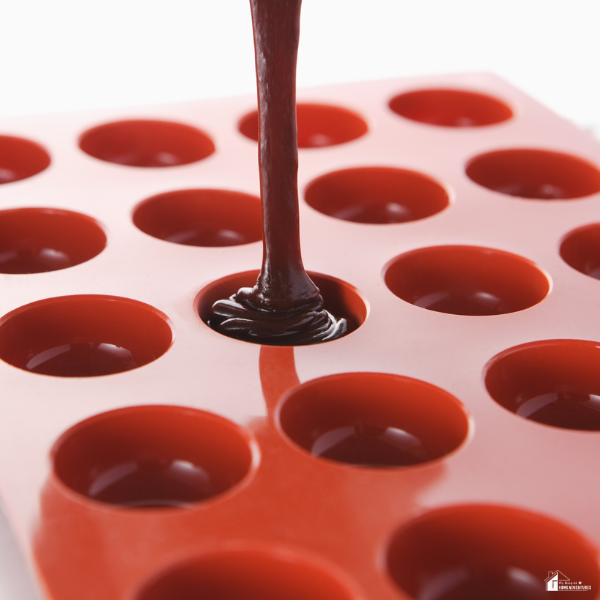
Choosing Reliable Mold Materials for Specific Uses
Safe mold materials depend on the intended use. For food products, different rules and materials apply than for industrial or art applications.
Assessing Mold Safety for Food Contact
Food contact molds must be made from materials that do not leach chemicals. Common choices include food-grade silicone and certain plastics that meet safety standards.
Silicone molds, which are heat-resistant and flexible, are used for chocolates, candies, and baked goods. They can handle temperatures up to 450°F and maintain shape without releasing harmful substances into food.
Food-grade plastics are sometimes used for hard molds, like custom candy molds. These plastics are tested for non-toxicity and must be free from BPA and phthalates. Stainless steel or glass may also be used, but are less common in home mold making because of cost and difficulty in shaping.
Materials not labeled food-safe, like construction silicone or general-use rubber, should be avoided. Always review product labels and certifications before use for food.
Non-Food Mold Applications: Industrial and Artistic Considerations
Non-food mold making uses a wider range of materials. Industrial settings may use steel, aluminum, or polyurethane, depending on the production volume and type of product.
Artistic uses might include using silicone (not food-grade), latex, plaster, or polyurethane rubber. None of these need to meet food safety standards, but some choices offer special features such as extra durability, flexibility, or detail reproduction.
Heat resistance is still important for molds used with hot materials like wax or resin. Silicone is popular because it resists heat and captures fine detail, while metals are chosen for molds that need long life or face tough operating conditions.
The key for non-food molds is matching the material’s properties with the goal—heat endurance, surface finish, or strength. Price and ease of use also influence material choice.
Best Practices for Mold Making and Material Selection
Begin with a clear list of what the mold should do: food contact, clarity, strength, heat resistance, or ease of cleaning. Then pick a material that matches these needs. Below is a quick overview:
| Need | Material Choice |
| Food contact | Food-grade silicone, plastic |
| High heat | Silicone, metal |
| Detail work | Silicone, polyurethane |
| High strength | Metals |
Test a small batch before starting large projects. For food use, always buy materials labeled as food-safe. For non-food molds, consider how well the material fits the intended craft or industry, as well as how it performs over time with use and cleaning.
Clean molds thoroughly before each use to avoid contamination, especially for molds used with edible materials.
Conclusion
Different mold materials offer distinct features for both food and non-food uses. Food molds are usually made from FDA-approved silicone, food-grade plastics like polypropylene, and metals such as stainless steel.
These choices are preferred because they are safe for contact with food, resist high temperatures, and have a low risk of chemical migration.
For non-food uses, materials like aluminum and certain plastics are popular due to their strength and ability to be shaped in many ways. Some non-food molds may use materials not safe for food, so it is important to separate them from those used in cooking or baking.
When picking a mold material, buyers should think about the intended use, exposure to heat, and cleaning requirements. Using food-grade versions is the safest choice whenever a mold might touch what people eat.
Key points to remember:
- Food-grade silicone and plastics are safe choices for food molds.
- Always keep food molds separate from non-food molds to avoid health risks.
- Choose a material based on what it needs to do and how it will be cleaned.
